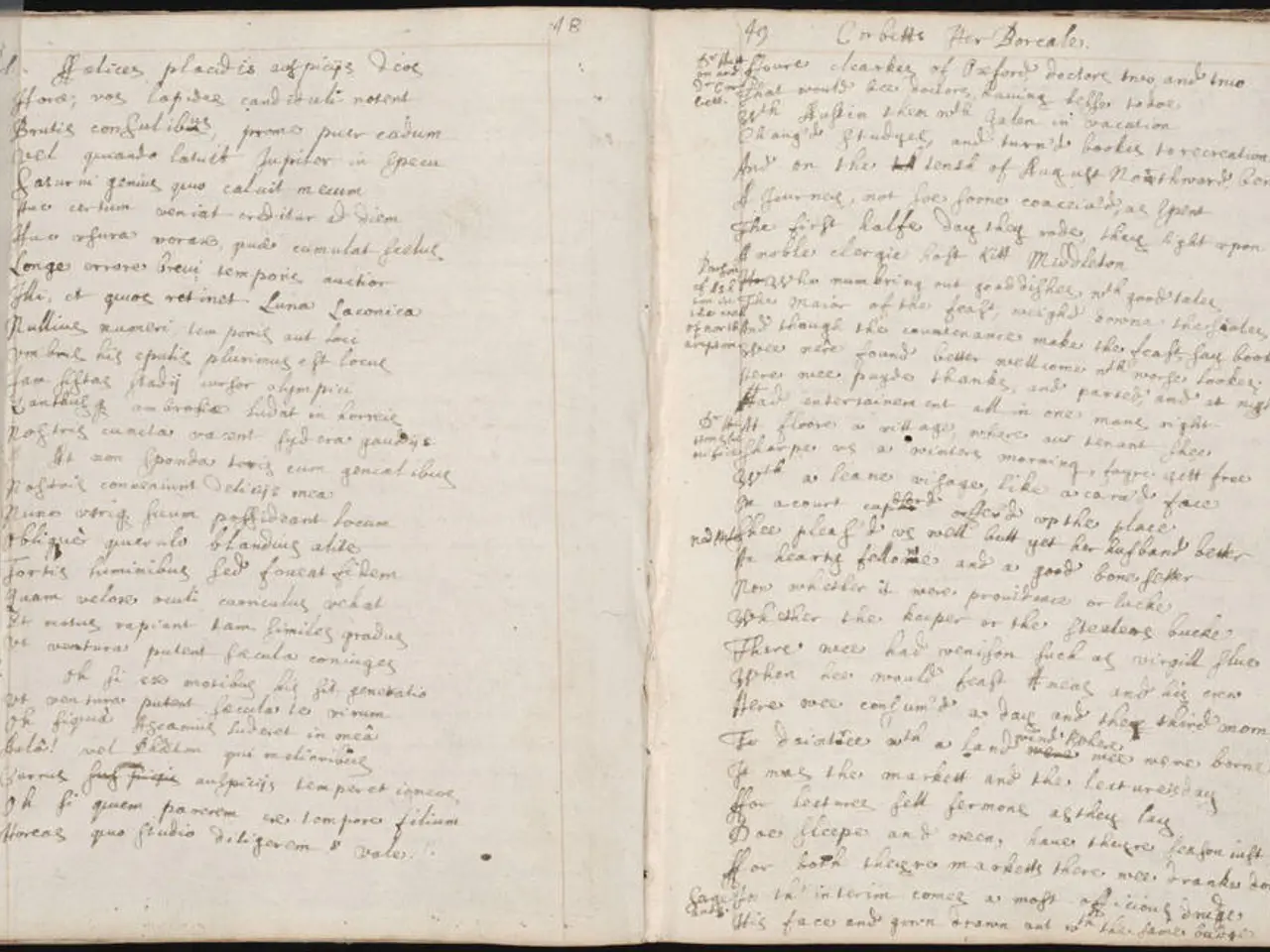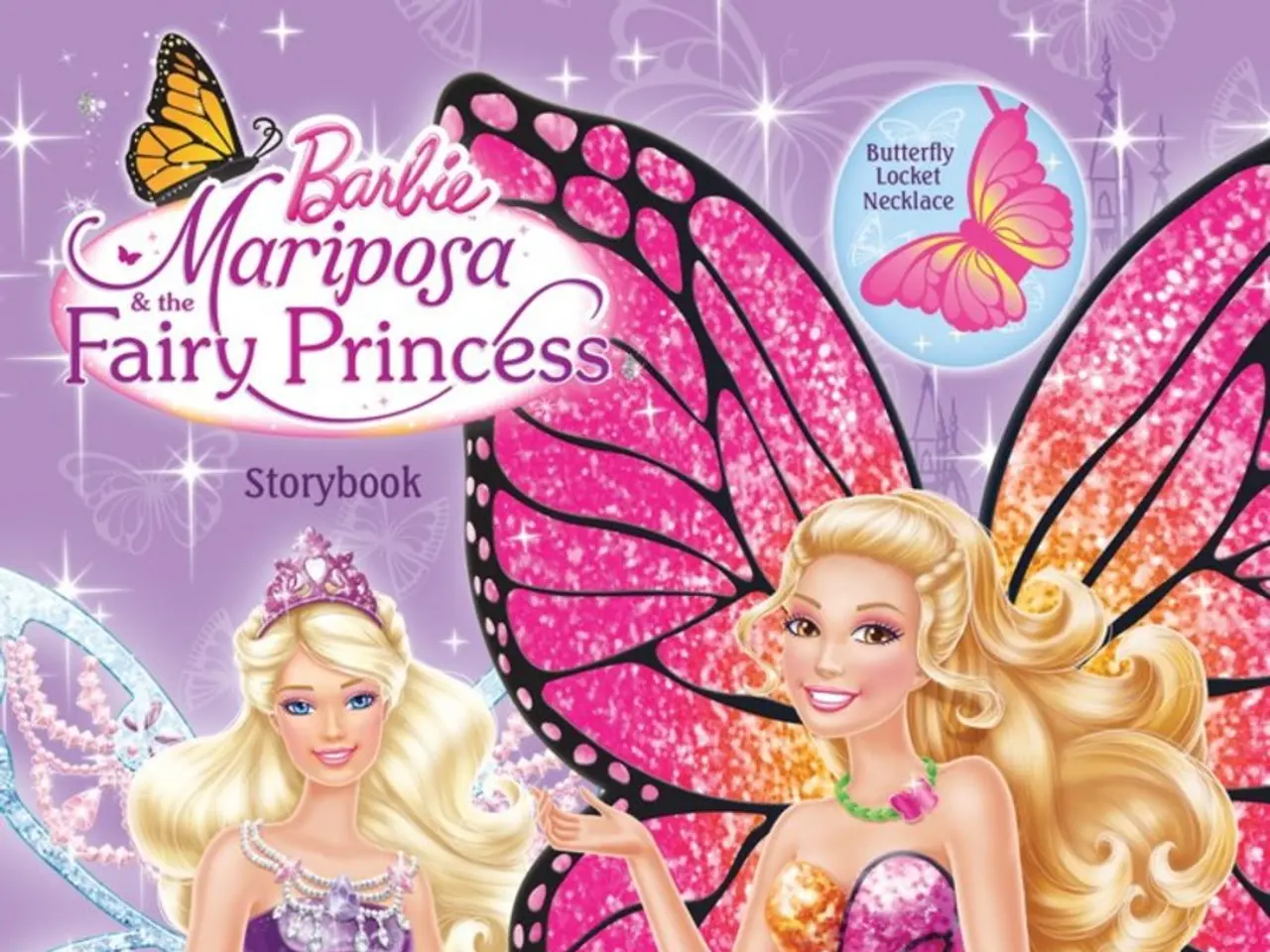Analyzing the Song's Composition: Exploring Intro, Verse, Chorus, and Conclusion
=============================================================
In the world of music, structure plays a pivotal role in creating engaging and memorable tunes. Whether it's indie, alternative, hip-hop, or electronic, a well-structured song can hold the listener's attention, build anticipation, and offer resolution.
A solid structure supports creative expression by choosing the right form to support ideas. For instance, in indie and alternative music, dynamics and lyrics often drive the arrangement, with more variation between verse and chorus sections. In contrast, hip-hop and trap music vary widely, with short intros, heavy drops, and alternating verses with high-impact choruses or refrains.
Common elements of song structure include the intro, verse, pre-chorus, chorus, bridge, and outro. Each serves a specific purpose to engage listeners and provide a coherent musical narrative. The intro grabs attention and sets the mood, the verse presents the story or theme, the pre-chorus builds anticipation, and the chorus contains the catchy hook that makes the song memorable and singable. The bridge offers contrast and a break from repetition, while the outro closes the song, either by gradually fading out or resolving musically.
Smooth transitions between sections help your song flow naturally, using techniques like risers, drum fills, reverse effects, or automation. The chorus is typically the most memorable and repeated part of the song.
Understanding structure makes collaboration easier. It also helps you finish songs by providing a roadmap to work with. Mastering structure is a fundamental skill for both producers and songwriters.
In genres such as techno, house, trap, or lo-fi hip-hop, songs often revolve around loops or evolving sections rather than traditional verses and choruses. Meanwhile, in cinematic, ambient, or experimental music, structure may not follow any predictable form, instead unfolding naturally with subtle development. Free-form structures offer maximum creative freedom and are often used to create mood-driven or story-based compositions.
Know when to repeat and when to add contrast, such as repeating a chorus but adding contrast through a bridge or drop. Edit ruthlessly, asking whether each section serves a purpose and cutting or revising anything that feels too long or repetitive. A clear structure gives direction, builds emotional impact, and keeps the audience engaged.
Match structure to your message, letting your story or emotion guide your arrangement. Use structure to gradually increase intensity by adding layers in the verse and releasing full energy in the chorus.
In essence, good song structure is about guiding the listener through an emotional and musical journey. It shapes the listener's experience, guiding them through changes in energy, mood, and focus. Song structure plays a crucial role in how music connects with listeners, making it a vital tool for any musician.
Music in indie and alternative genres often utilizes dynamics and lyrics to drive the structure of the songs, with a focus on variation between verse and chorus sections. Meanwhile, in hip-hop and trap music, the structure can vary widely, featuring short intros, heavy drops, and alternating verses with memorable choruses or refrains.






